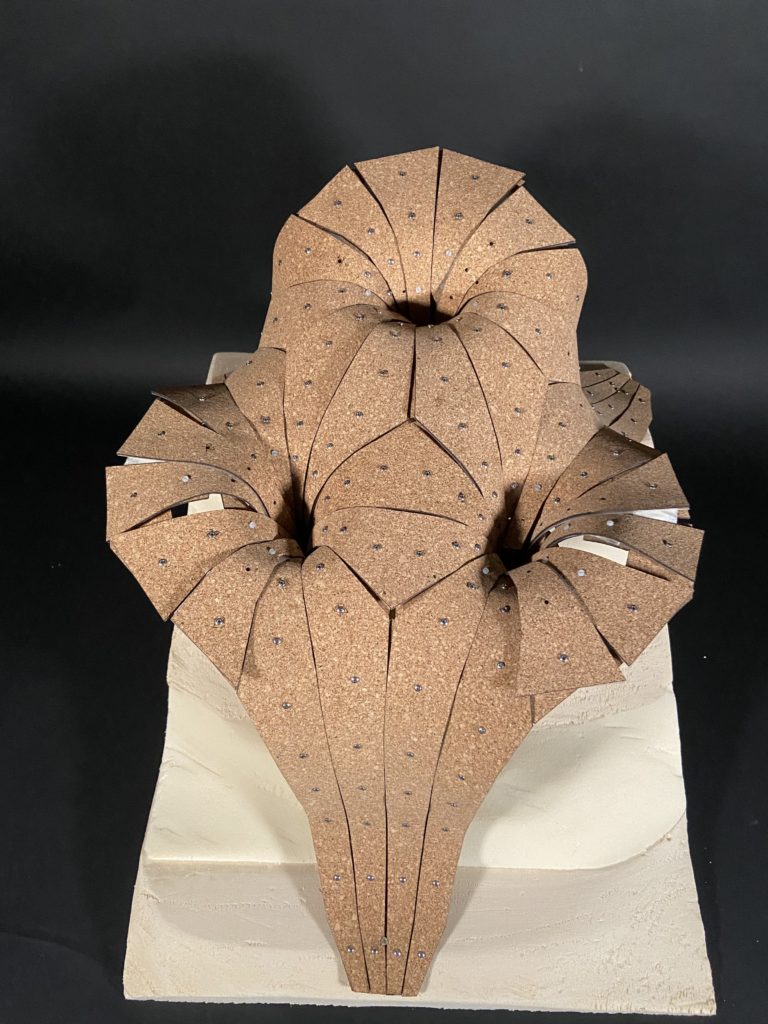Montjuïc
41.361119 2.141984
Manifesto
The project strives to oppose the pressing environmental and socio-economic issues of the neighborhood through civic participation and community-led activities. Furthermore, the project is planned to morph into an activity magnet that engages the community and works as an energy efficient module for sustainable ecosystems to replace the urban voids in the modern city landscapes.
Additionally, the aim is to eliminate the detrimental issues such as poor living standards and lack of vibrancy. The project aspires not only to create a sustainable community center, but also to give an opportunity for social ascension.
The project will include a wide range of facilities and activities in order to activate the society. It will concentrate on production in urban gardens, aquaponics and hydroponics followed by the retail of the produced goods with aim to improve the financial situation of the tenants. Besides, the educational and leisure facilities would provide an opportunity for all generations to prosper in both personal and professional fields.
Context analysis
History timeline
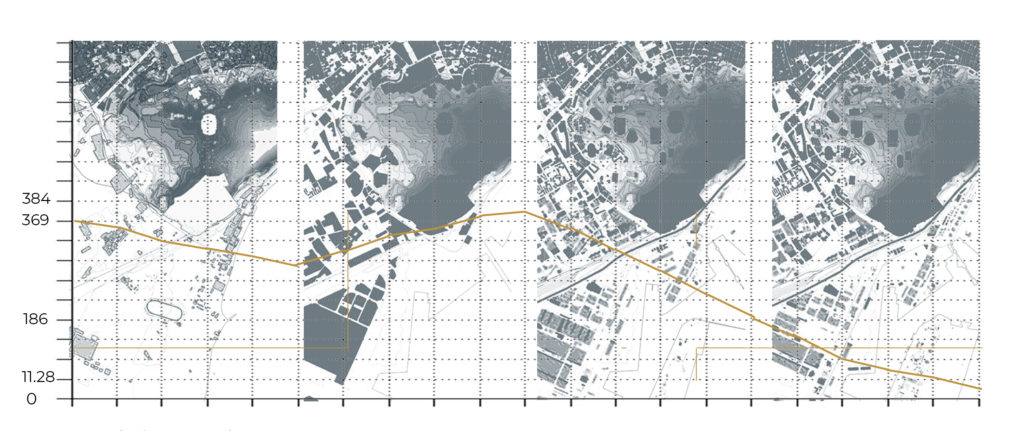
1956 Population grew by 369.596, preindustrial growth phase, population Spanish and Catalan.
1976 Population grew by 384.563, industrial growth starts on the outskirts, migration of middle class.
1992 Population decreased by 186.681, development of the Port, working class started settling. Olympic games
2010 Decrease in population by 11.286, indutrial development in the neighbouhood, degradation in the quality of life.
Population analysis

Port de la Marina is a neighborhood with high percentage of elderly. For every child under 15 there are two people over 65. Ageing population has impact on lack of vibrancy in the neighborhood. Except that 1/4 of the elderly are lonely.
Port de la Marina is one Barcelona’s neighborhoods with the highest percentage of immigrants. Out of 18.9% of immigrants, 4.8% are Philippines followed by Chinese and Moroccan. Port de la Marina has a variety of religions and nations.

9.1% percent of work capable people in Port de la Marina are unemployed. The most affected are the ones older than 45 as they make 59.1% od unemployed. Also there is a slightly bigger percent of unemployed women.
Average income in Port de la Marina is 15.857 euros which is approximately 1.500 euros above the minimal income and over 10.000 euros under average income of Barcelona. That makes Port de la Marina the second poorest neighborhood in Saint-Montjuic. Not only there are many unemployed, but there is also the labor poverty which means that employed people cannot cross the line of minimal income.
7.2% of the population are served by Social services. If we compare it to Barcelona where it is 4.1% we can conclude that many tenants need additional income in order to improve their social status.
Land use
The location enjoys the central position and in just 1 km perimeter, there are various contents – which means it gathers people with diverse backgrounds.
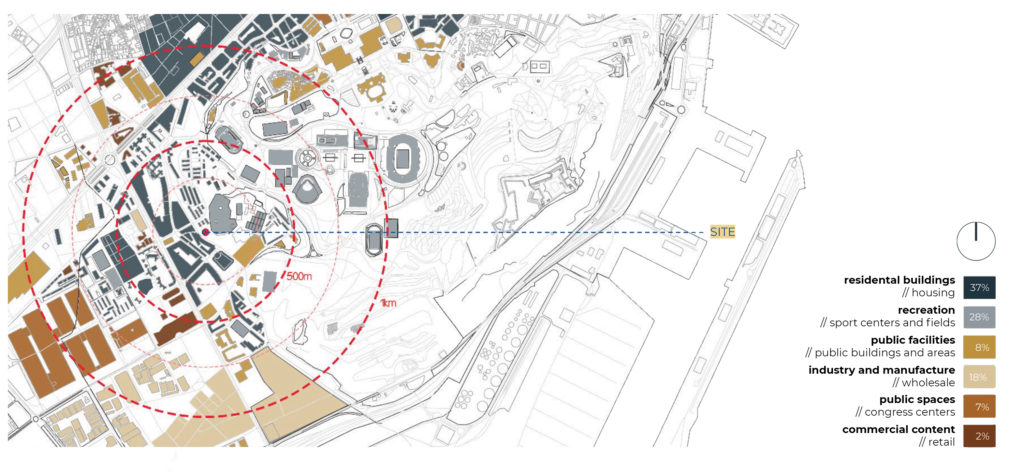
Activity and transport
The bus line 125 transports tenants throughout the neighborhood.
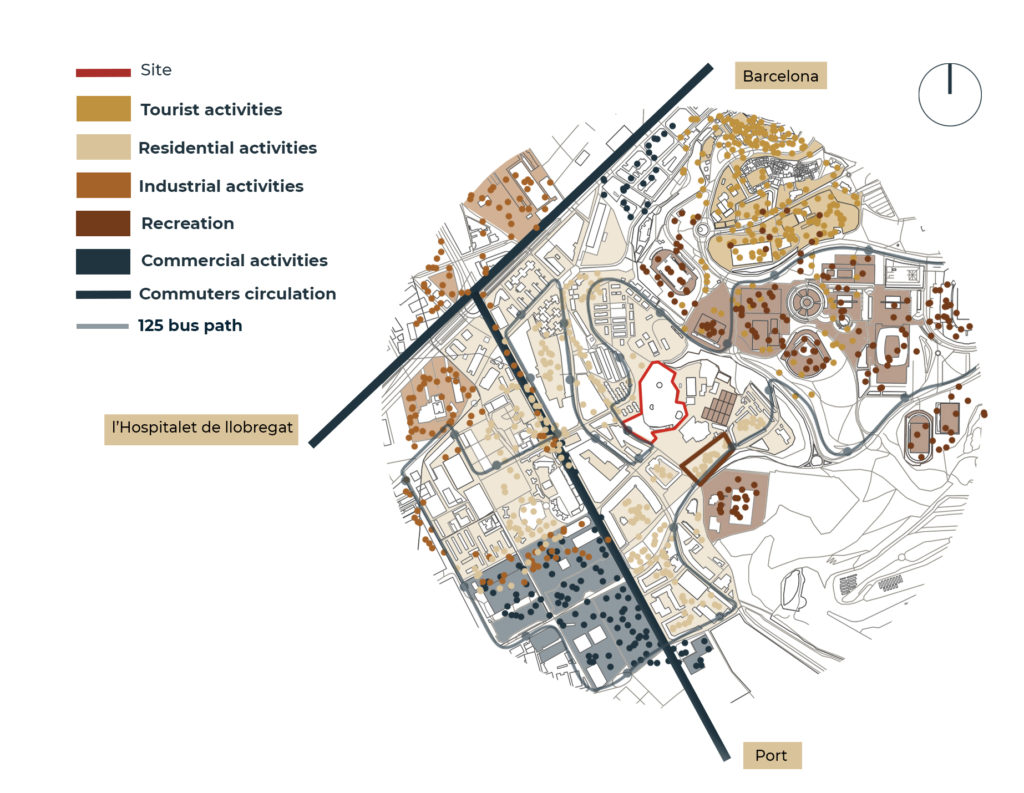
Site analysis
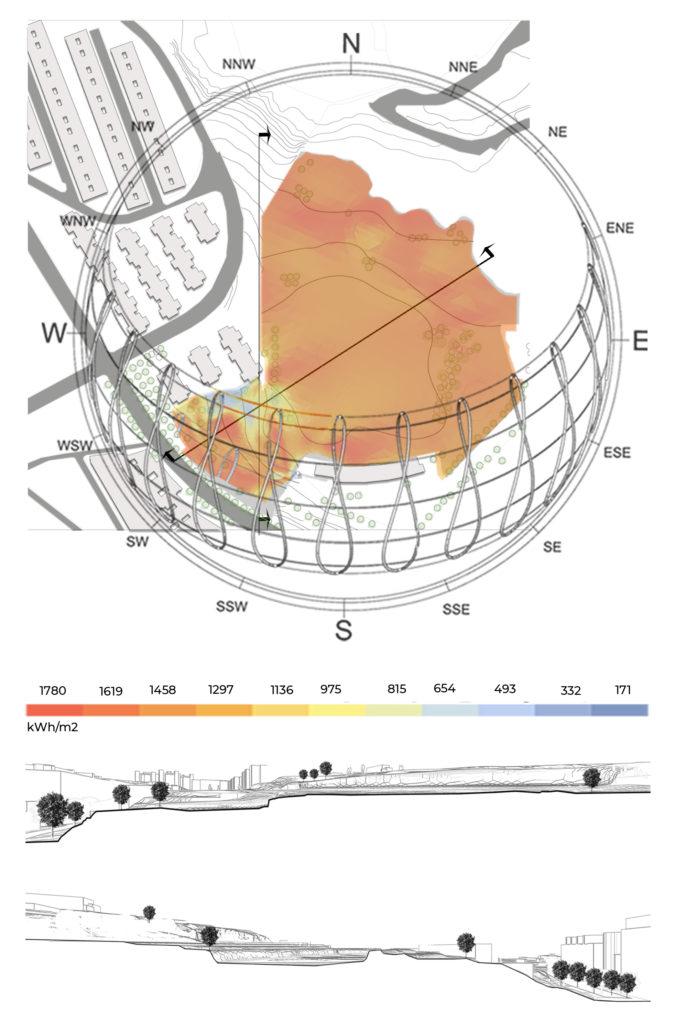
Observations: High solar radiation and high potential for solar harvesting and agricultural cultivation
Objectives: Energy efficiency and management and solar panels installation, production in the urban gardens
Urban gardens
Can Mestres is one of the remaining old farmhouses bearing testimony to the enormous agricultural and stock-raising activity that took place in the Marina area. The rural population of the zone was quite numerous and spread over the whole plain of the Llobregat river delta as it supplied the city’s markets. With the expansion of the city, agriculture has been suppressed towards Castelldefels. Since Barcelona is edged by hills and mountains, the percentage of agricultural land is constantly getting lower.

Urban garden network of Barcelona includes 15 urban gardens in Barcelona. Through the program “How does Barcelona work?” people can arrange visits for schools and for citizens in general.

Can Mestres was turned into the first of a series of urban allotments created by the City Council. These small plots were then leased for certain periods of time to senior citizens. The installation was completed by a small educational farm for school children.
Who is it addressed to?
People over 65 years of age, registered in the district where the orchard is located, who are physically capable of agricultural work.
What are the objectives?
Incorporate the elderly and groups with specific needs in activities to improve the social environment.
Values
1. Maintain a healthy physical activity outdoors.
2. Create a fabric of new relationships.
3. Improve the quality of life of the elderly
4. Environmental awareness and education.
5. Environmental improvement of air, soil, etc.
How do they promote agroecology?
1. Biodiversity – wild plants which attract pollinating insects, harvest improves and predatory insects, birds and lizards control pests.
2. Ecological control of pests and diseases, avoiding herbicides.
3. Planting calendar – city’s climate allows a wide range of vegetables
4. Crop rotation – cultivation of different vegetables that benefit from each other
5. Ecological soil fertilization – practicing vermicomposting or composting with worms
6. A good coexistence – ensuring respect and solidarity towards other people and they work
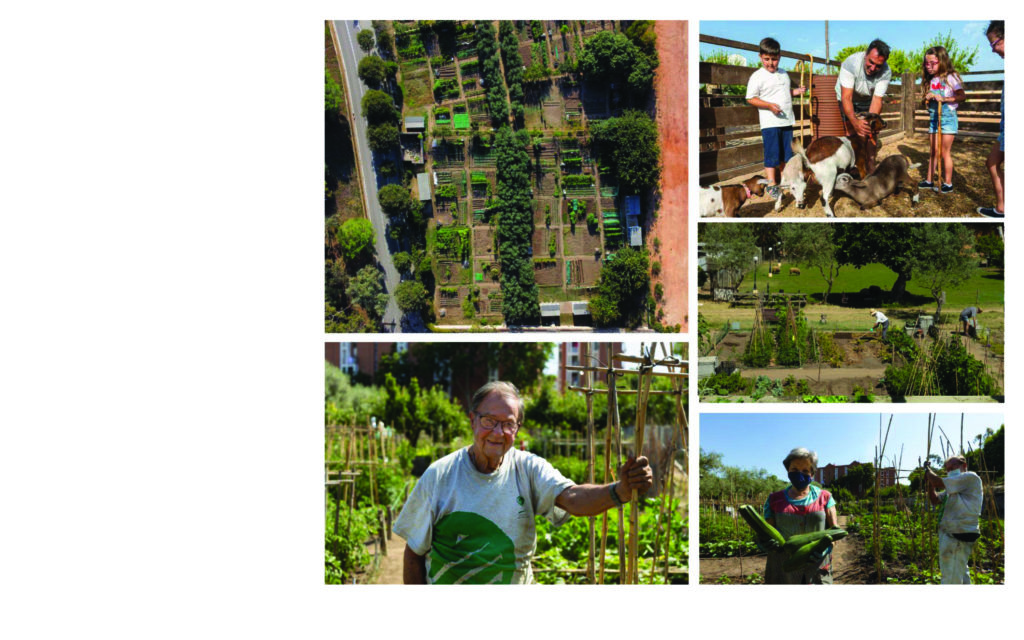
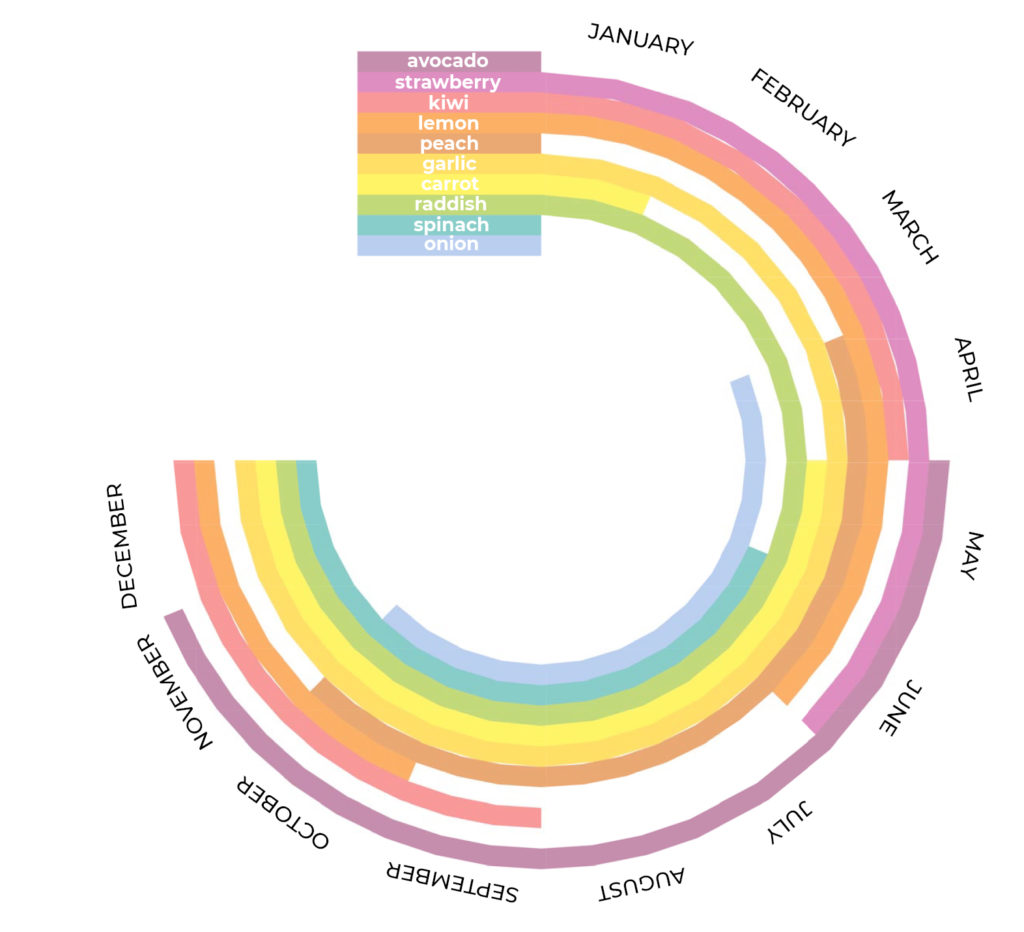
Spain’s climate lends itself ideally to planting and harvesting a very large range of vegetables irrespective of the obtainability of land or limited space. It is important before harvesting to create vegetables and fruits gardening calendar in order to use the maximum capacity of the agriculture fields.
Project objectives
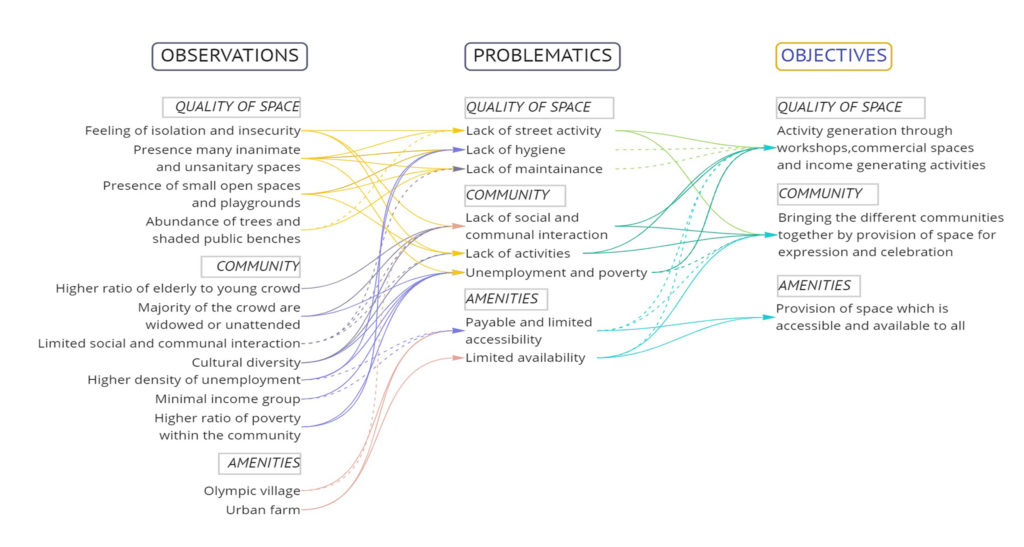
Program and zoning
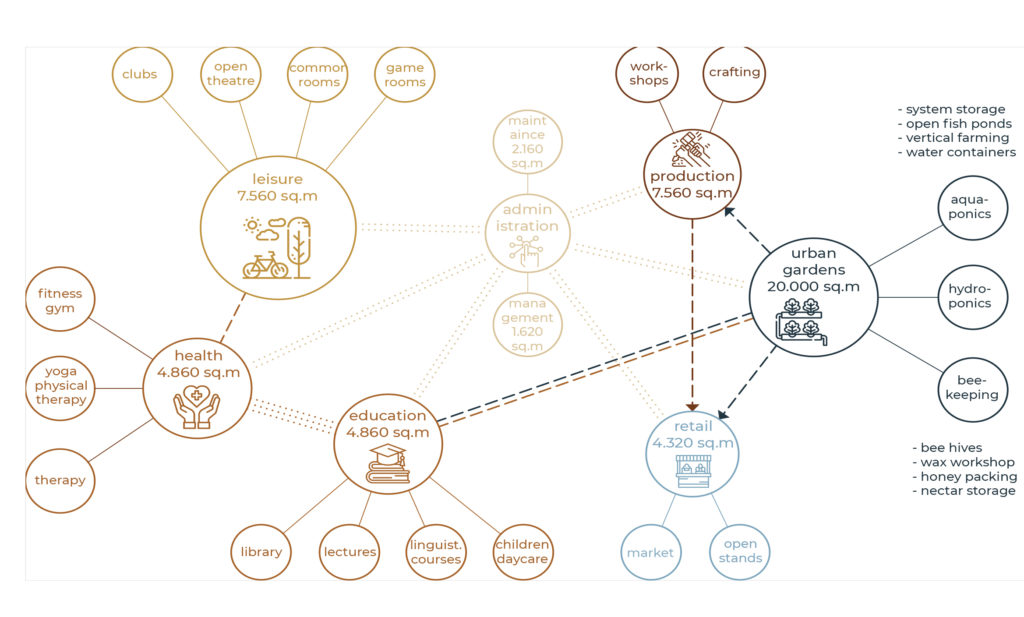
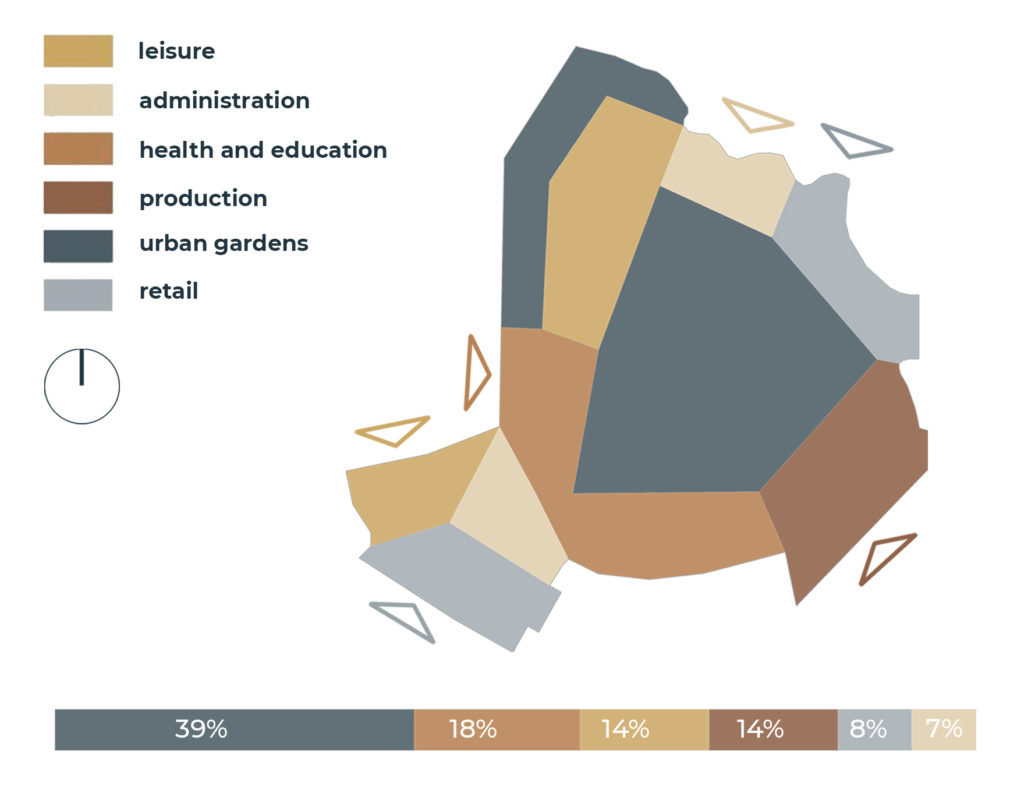
Form finding
Module development

Module analysis

Aggregation
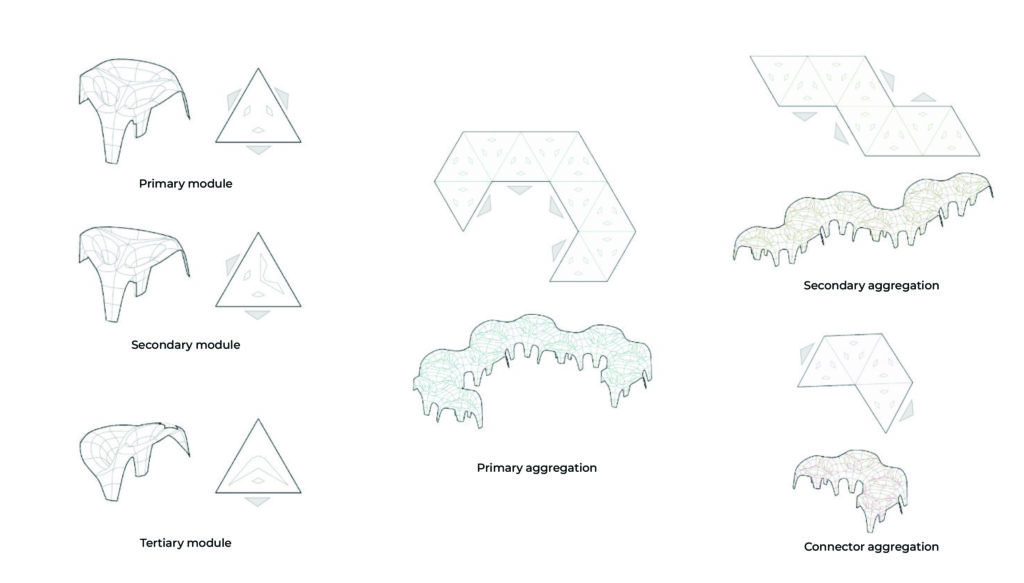
Site development
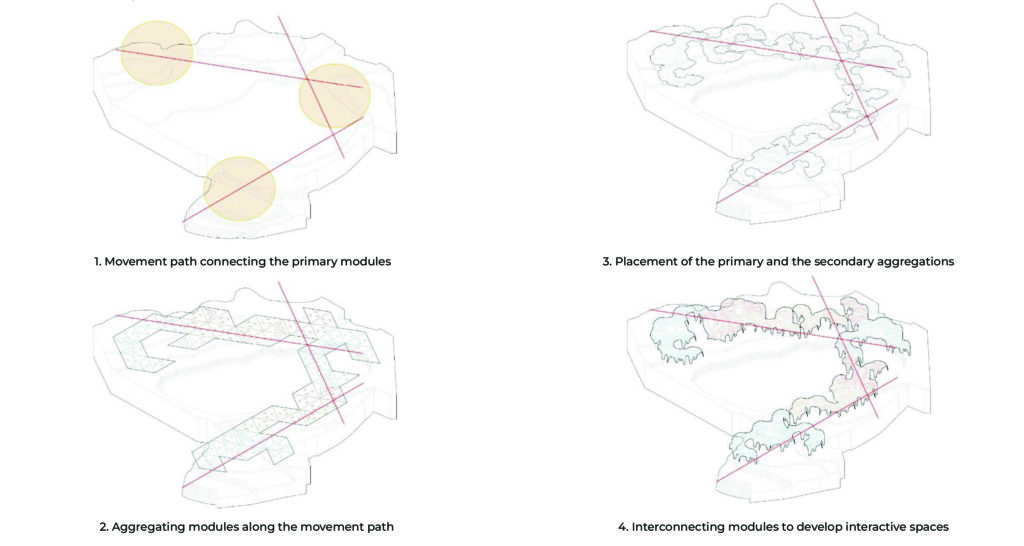
Mater plan and section
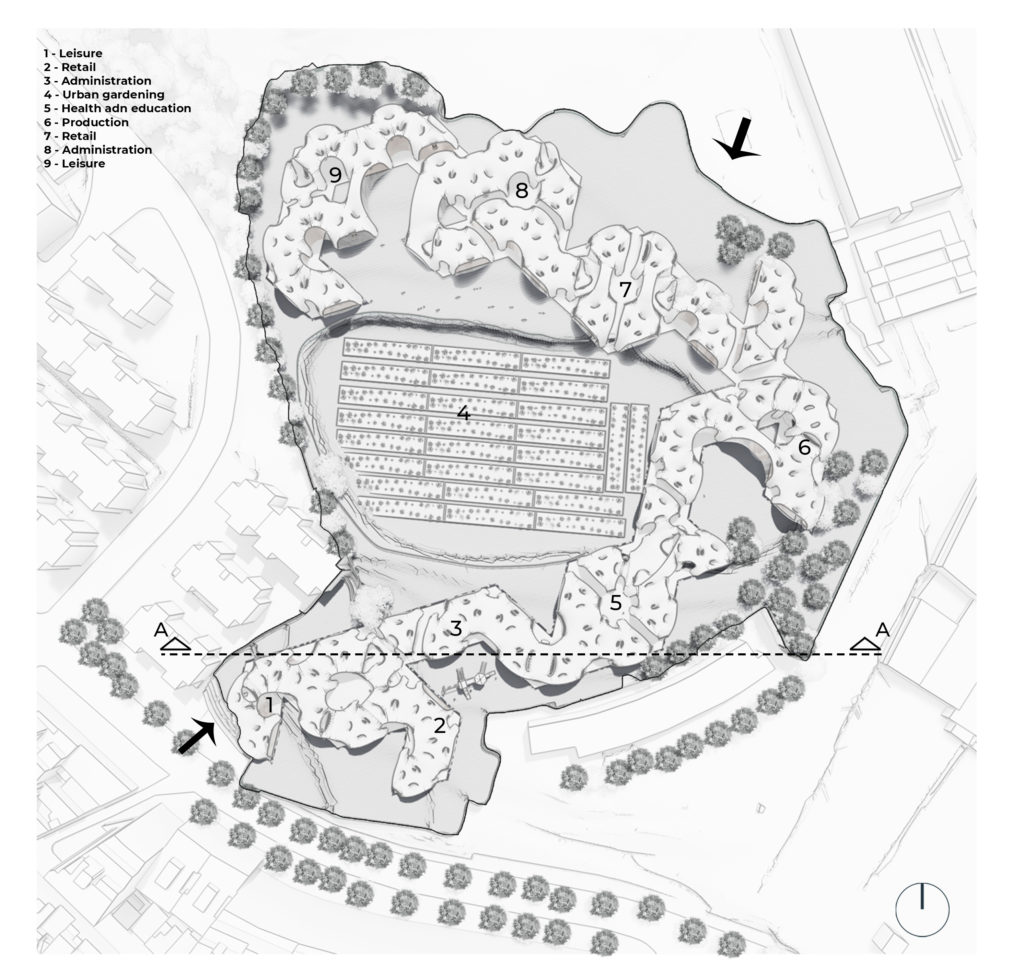

Project vision
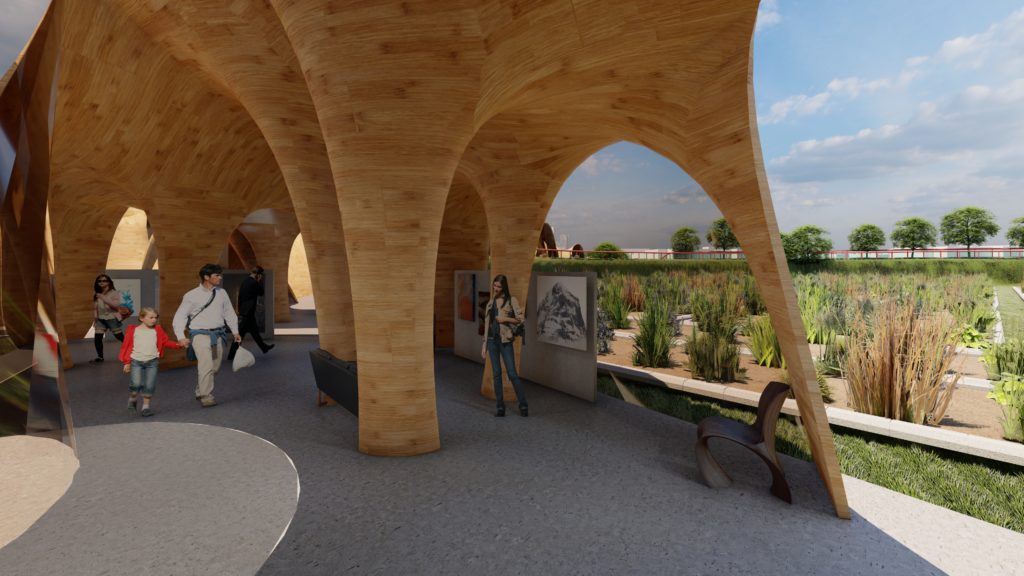
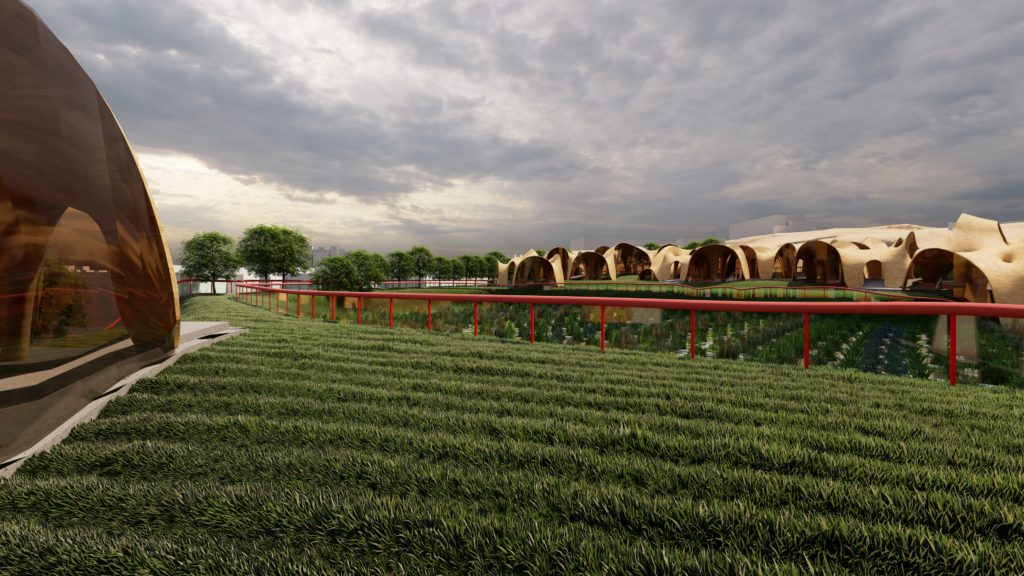
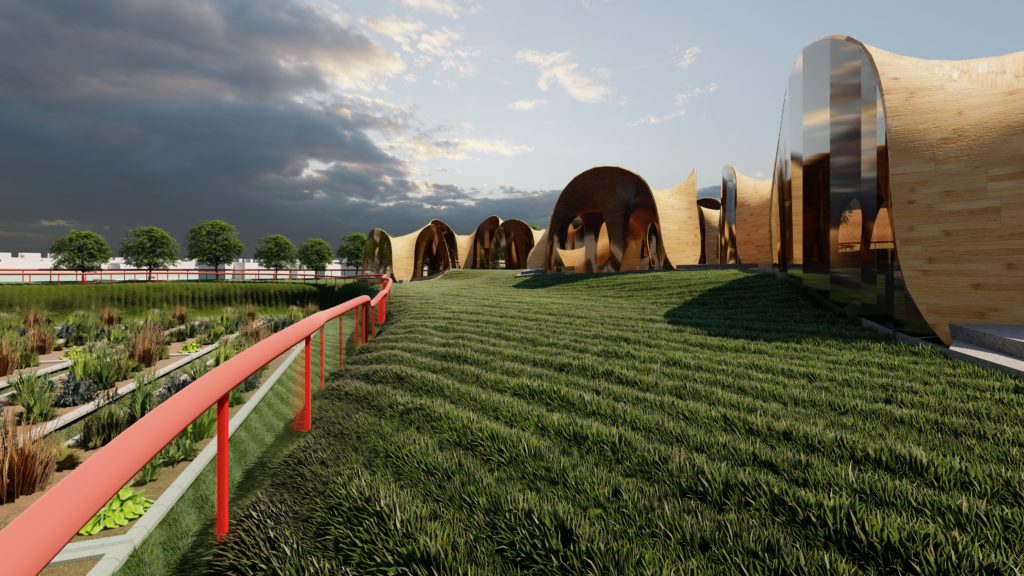
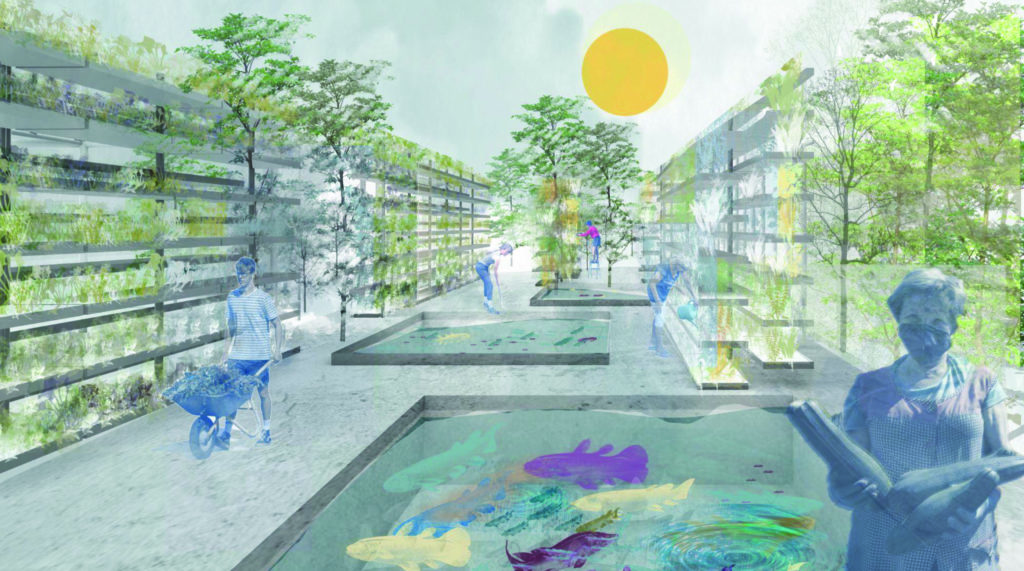
Model

